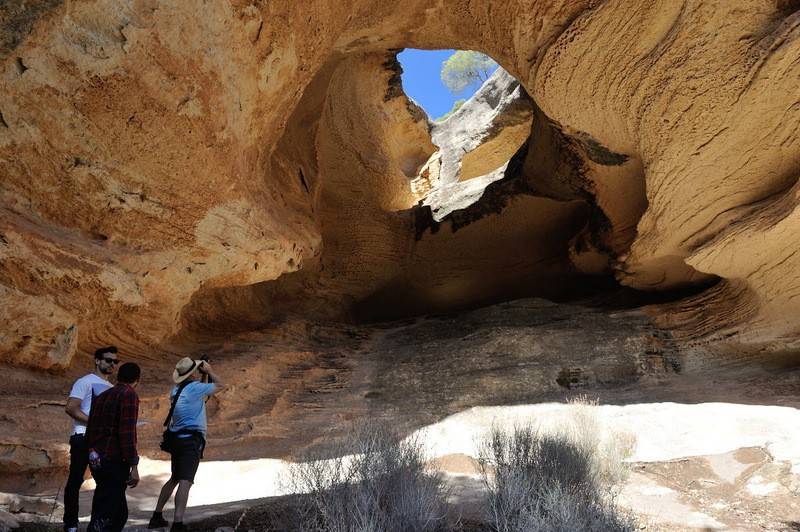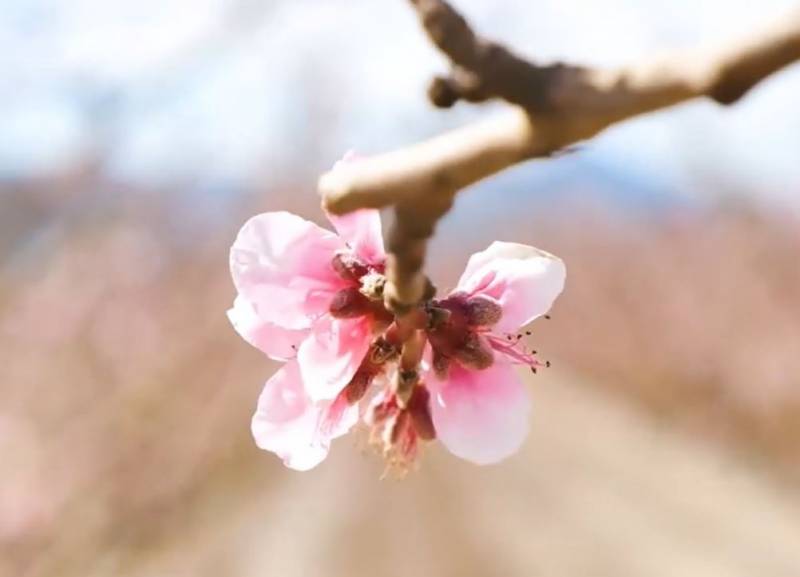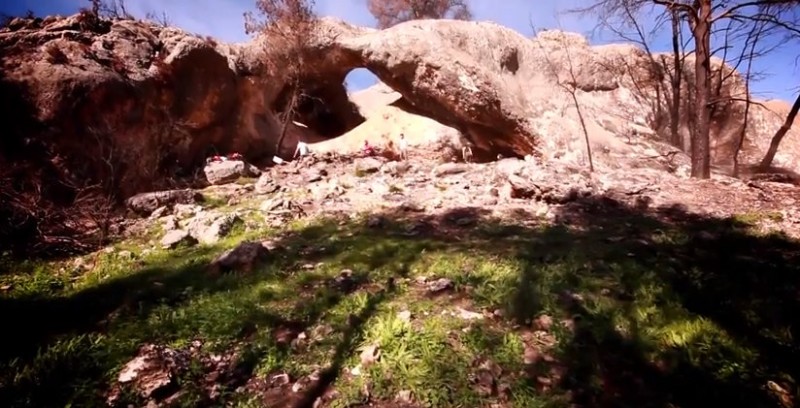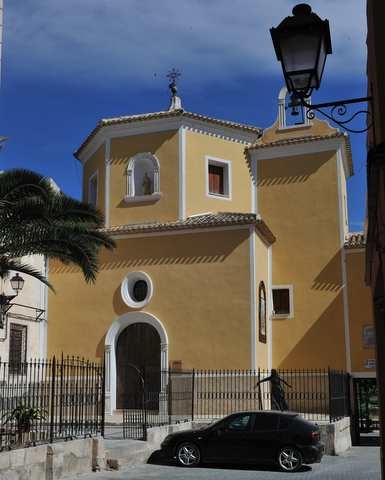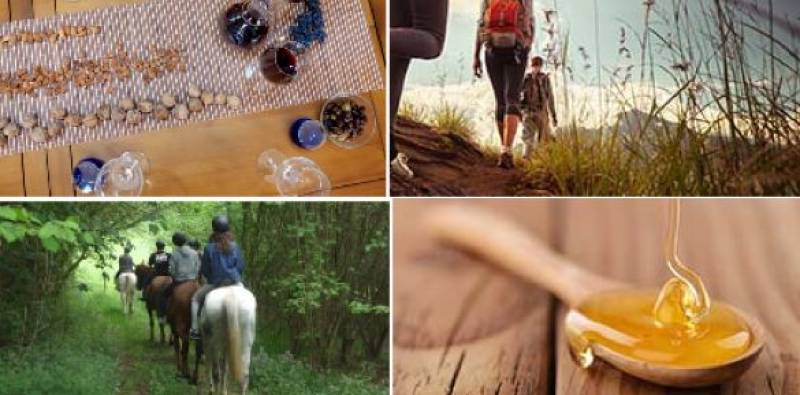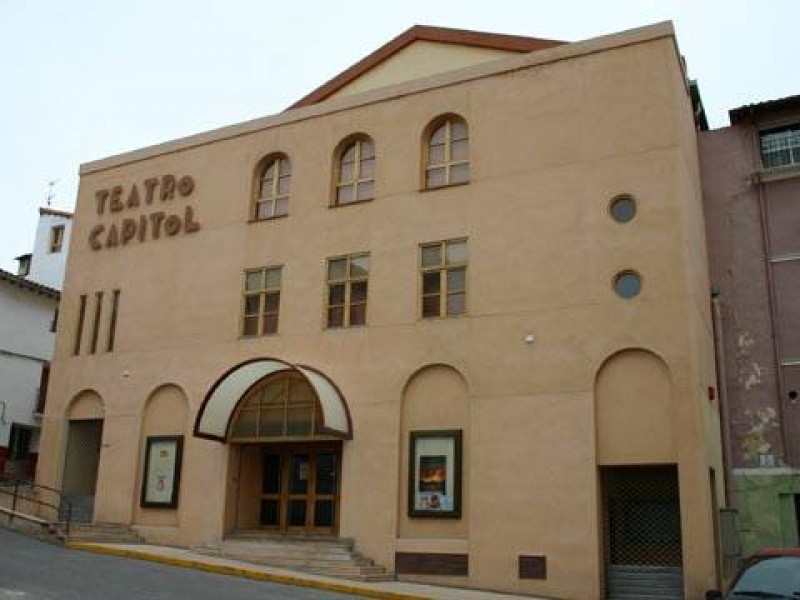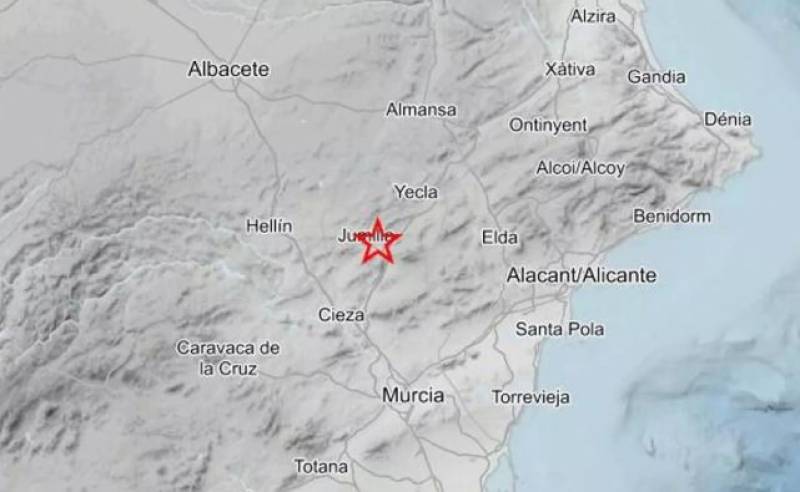- Region
- Águilas
- Alhama de Murcia
- Jumilla
- Lorca
- Los Alcázares
- Mazarrón
- San Javier
-
ALL AREAS & TOWNS
- AREAS
- SOUTH WEST
- MAR MENOR
- MURCIA CITY & CENTRAL
- NORTH & NORTH WEST
- TOWNS
- Abanilla
- Abarán
- Aguilas
- Alamillo
- Alcantarilla
- Aledo
- Alhama de Murcia
- Archena
- Balsicas
- Blanca
- Bolnuevo
- Bullas
- Cañadas del Romero
- Cabo de Palos
- Calasparra
- Camping Bolnuevo
- Campo De Ricote
- Camposol
- Canada De La Lena
- Caravaca de la Cruz
- Cartagena
- Cehegin
- Ceuti
- Cieza
- Condado de Alhama
- Corvera
- Costa Cálida
- Cuevas De Almanzora
- Cuevas de Reyllo
- El Carmoli
- El Mojon
- El Molino (Puerto Lumbreras)
- El Pareton / Cantareros
- El Raso
- El Valle Golf Resort
- Fortuna
- Fuente Alamo
- Hacienda del Alamo Golf Resort
- Hacienda Riquelme Golf Resort
- Isla Plana
- Islas Menores & Mar de Cristal
- Jumilla
- La Azohia
- La Charca
- La Manga Club
- La Manga del Mar Menor
- La Pinilla
- La Puebla
- La Torre
- La Torre Golf Resort
- La Unión
- Las Palas
- Las Ramblas
- Las Ramblas Golf
- Las Torres de Cotillas
- Leiva
- Librilla
- Lo Pagan
- Lo Santiago
- Lorca
- Lorquí
- Los Alcázares
- Los Balcones
- Los Belones
- Los Canovas
- Los Nietos
- Los Perez (Tallante)
- Los Urrutias
- Los Ventorrillos
- Mar De Cristal
- Mar Menor
- Mar Menor Golf Resort
- Mazarrón
- Mazarrón Country Club
- Molina de Segura
- Moratalla
- Mula
- Murcia City
- Murcia Property
- Pareton
- Peraleja Golf Resort
- Perin
- Pilar de la Horadada
- Pinar de Campoverde
- Pinoso
- Playa Honda
- Playa Honda / Playa Paraíso
- Pliego
- Portmán
- Pozo Estrecho
- Puerto de Mazarrón
- Puerto Lumbreras
- Puntas De Calnegre
- Region of Murcia
- Ricote
- Roda Golf Resort
- Roldan
- Roldan and Lo Ferro
- San Javier
- San Pedro del Pinatar
- Santiago de la Ribera
- Sierra Espuña
- Sucina
- Tallante
- Terrazas de la Torre Golf Resort
- Torre Pacheco
- Totana
- What's On Weekly Bulletin
- Yecla


- EDITIONS:
 Spanish News Today
Spanish News Today
 Alicante Today
Alicante Today
 Andalucia Today
Andalucia Today
article_detail
Fiesta of La Cruz de Mayo Cieza
Incorporating the return of Cristo del Consuelo to his hermitage
The celebration of the Crosses of May incorporates 2 distinct elements: one, the erection of the Cross of May, 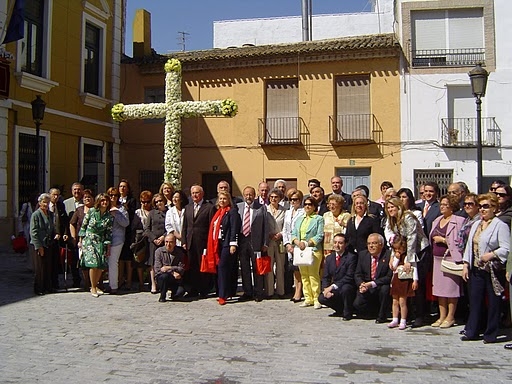 and secondly the transfer of the figure of Cristo del Consuelo from the Basilica in the town to his own hermitage.
and secondly the transfer of the figure of Cristo del Consuelo from the Basilica in the town to his own hermitage.
Each year on the 3rd May, the statue of Santo Cristo del Consuelo is returned to its own hermitage in a Romería, this part being the subida, having been in the Basilica de la Asunción, since Palm Sunday.
This statue is very much a part of the Ciezan identity, and the residents accompany the statue during its journey from the Basilica to the Ermita. ( or hermitage)
Dia del Ciezano Ausente
The tradition of the “Dia del Ciezano Ausente” (day of the absent Ciezan), which originally began in the 1950s, has been resurrected in recent years. During this festivity people who were originally from Cieza, but are now living in other geographical areas, return to Cieza for a day of reunion and emotion, the Crosses of May providing a focal point for the day.
The Cruces de Mayo is a Spanish Christian tradition, focusing around a celebration of the symbol of the cross and has also increased in popularity during recent years. The town hall of Cieza, the cofradias and other local organizations have made great efforts to recover this ancient tradition and install crosses and alters, decorated with flowers, in different points of the town on the Dia de la Cruz (day of the cross). These decorated crosses are located in various corners of the old quarter of the town and along the route which the statue of Santo Cristo del Consuelo follows in its return to the hermitage.
Background information on the Cruces de Mayo
Religiously, the festival is rooted in the search by the Byzantine Empress Saint Helena for the cross on which Jesus died, but the popular traditions connected to the festival certainly originate from pagan traditions brought to Spain by the Roman Empire.
The legend is that Emperor Constantine I, in the sixth year of his reign, confronted the barbarians on the banks of the Danube, in a battle where victory was believed to be impossible because of the great size of the enemy army. One night, Constantine had a vision of a cross in the sky, and by it the words "In hoc signo vincis" (With this sign, you shall be victorious). The emperor had a cross made and put it at the front of his army, which won an easy victory over the enemy multitude. On returning to the city and learning the significance of the cross, Constantine was baptized as a Christian and gave orders to construct Christian churches.
He sent his mother, Saint Helena, to Jerusalem in search of the True Cross, the cross on which Jesus died. Once there, Helena summoned the wisest priests to aid in her attempt to find the cross. On Calvary Hill, traditionally considered the site of Jesuss crucifixion, she found three bloody logs hidden. In order to discover which was the True Cross, she placed the logs one by one over sick people, and even dead people, who were cured or resuscitated at the touch of the True Cross.
The veneration of the True Cross, and the use of pieces of the True Cross as relics, begins at this time. Santa Helena died praying for all believers in Christ to celebrate the commemoration of the day the Cross was found.
article_detail
Contact Murcia Today: Editorial 000 000 000 /
Office 000 000 000

